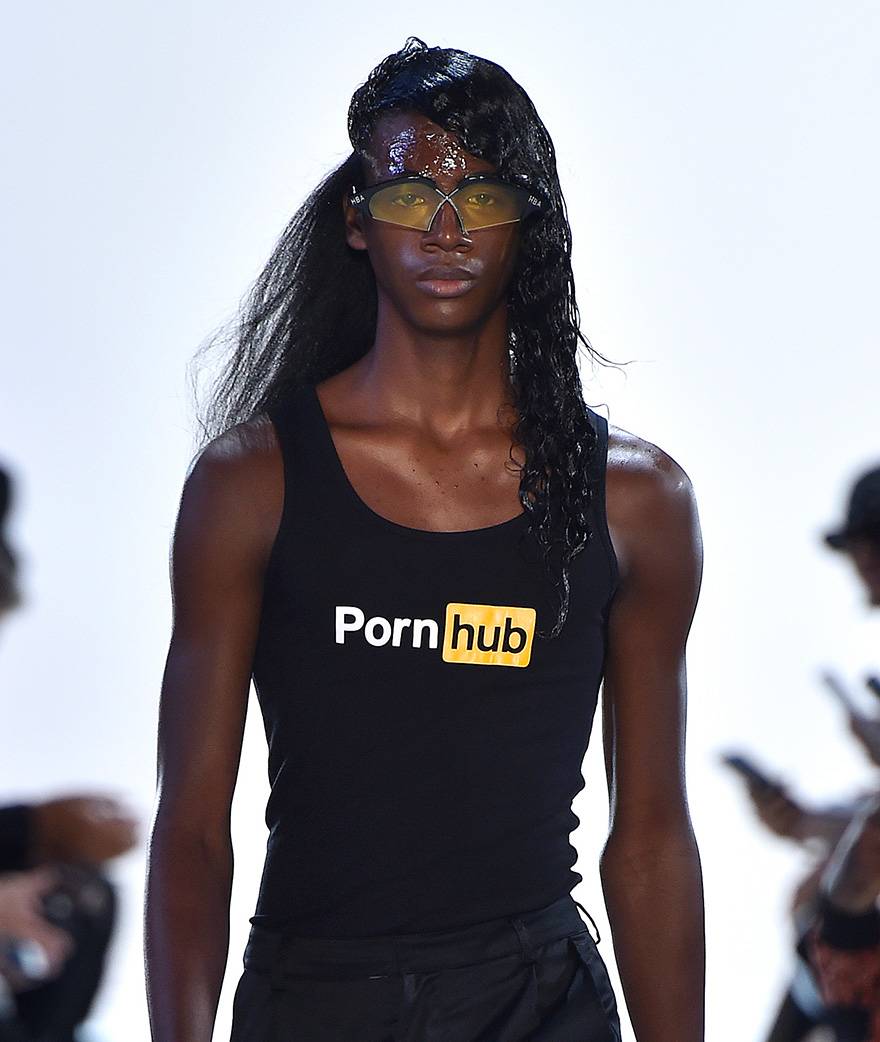We can still remember the erotic tension of Virgin Suicides, Sofia Coppola’s first iconic film. Those teenage boys gazing feverishly at the Lisbon sisters shut up in their bedroom. Released in 1999, the feature film marked the end of an era. At the dawn of the 21st century and the advent of the World Wide Web, this gaze was a million miles from what it is today. Once restricted to a window in the building across the street, voyeurism now peers directly into the rooms of those known as camgirls.
On until May 31st, the Museum of Sex in New York shines a spotlight on webcam culture. The giant screens that welcome visitors move between the decor of a bedroom in Ohio (United States) and surveillance cameras in Shibuya, the teeming district of Tokyo (Japan). "They don’t know that they're currently being shown in an exhibition" says Serge Becker, artistic director at the museum of the Tokyoites, "and that is the point". Somewhere between an interview and video installations ... the Cam Life: An Introduction to Webcam Culture exhibition presents a portrait of these camgirls in an online world where the frontier between public and private is blurred, if not non-existent. But what about these 2.0 performers?
Bedroom feminism
If camgirls are so readily pitted against the porn industry, it’s for a good reason. Alone in their bedrooms, facing their computer screens, these women are the true mistresses of their bodies unlike certain porn stars – as Lissa Rivera, museum curator, reminds us: “We are witnessing a democratisation of webcam culture. While the porno industry is often exploitative, here it’s you who has all the power.” Remember the documentary that rocked the 2015 Sundance Festival, Hot Girls Wanted, which followed the fate of young women recruited by the amateur porn scene? Camgirls are the opposite, they are the ultimate self-employed...


The Museum of Sex, a pioneer of the genre in the USA, first opened its doors in 2002. It waited 18 years to put webcam culture in the spotlight. In the collective book Next Wave Culture: Feminism, Subcultures, Activism (2008), Australian researcher Amy Shields Dobson specifies: “The phenomenon of camgirls could not have been born before our time. It results from the combination of specific ingredients: the power to send and receive videos on the Net, a culture that values the popularity of people rather than their talents and the eternal rite of passage of any teenage girl as she discovers her own sexual power. ”
To live happily, live filmed
The 21st century’s notion of Eldorado is found beneath the spotlights. In the Sydney Morning Herald, journalist Susan Hopkins analyses the dreams of the younger generations: “For this rising millennial generation, constant surveillance can be a dream come true – an affirmation of identity. Today it seems you are no one if you’re not on camera. If you have a life that is constantly recorded, you are culturally inscribed as someone worth watching.”
In the case of these camgirls, this sudden thrusting into the limelight is doubly interesting. It’s the chance to highlight how in the webcam industry, women are much more present than their masculine counterparts, the camboys. While the number of performers increases, it is clear that men still make up the majority of video consumers. For centuries, women have been associated with the intimate and the invisible spheres. The webcam offers them the possibility of accessing extreme visibility. The bedroom, a sacred place of intimacy, becomes a public space, like an ancient Greek theatre. Lines are no longer blurred... they just don’t exist anymore.
Cam Life: An Introduction to Webcam Culture, on until May 31st 2020 at the Museum of Sex, New York.






















